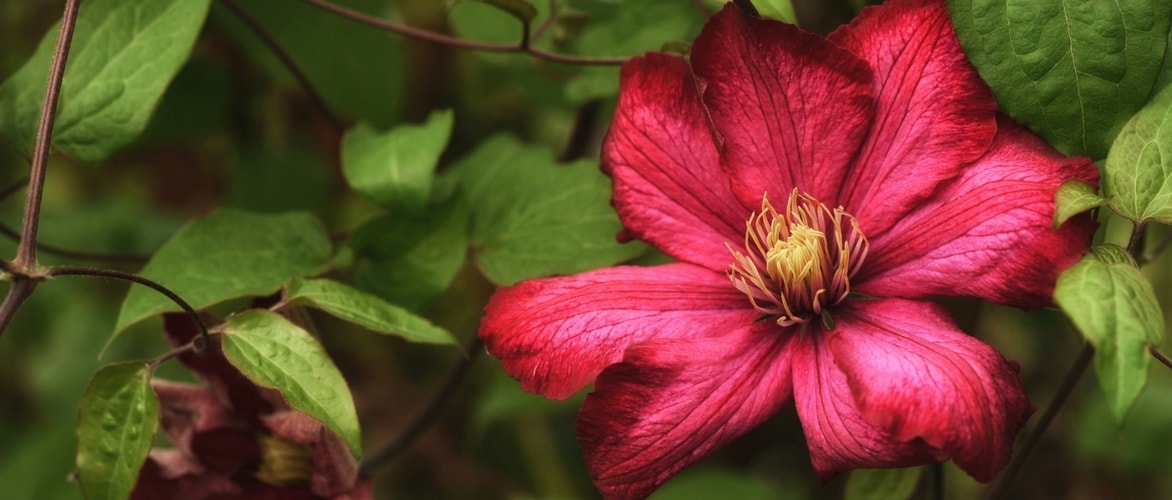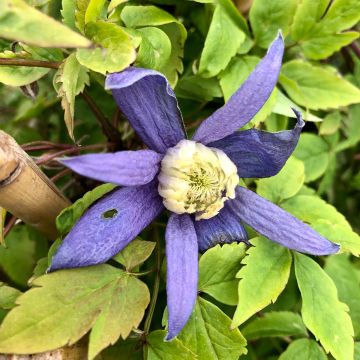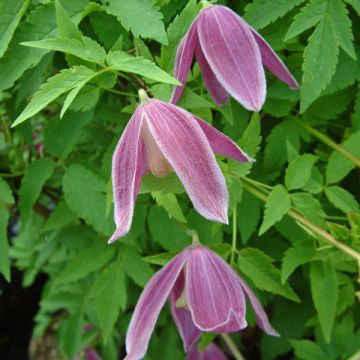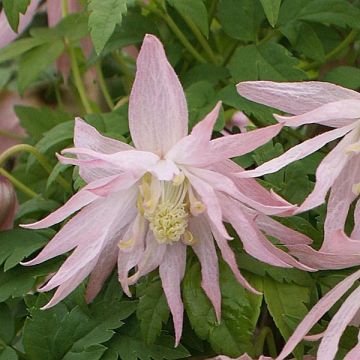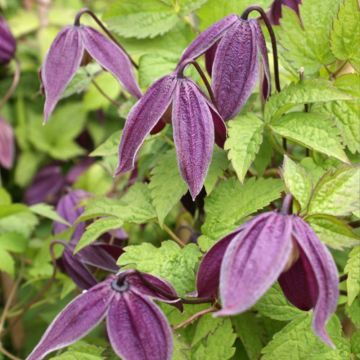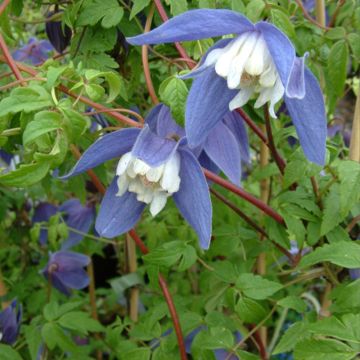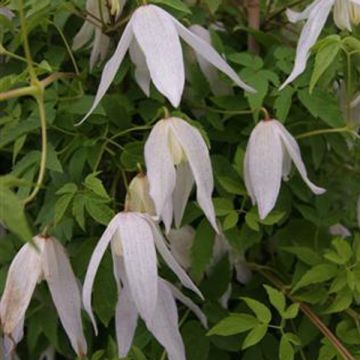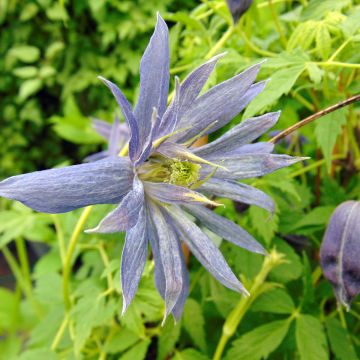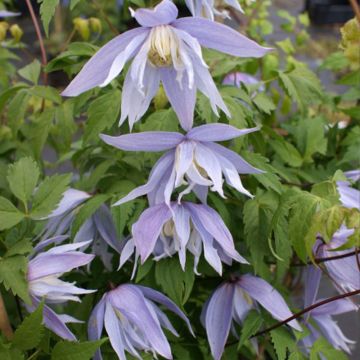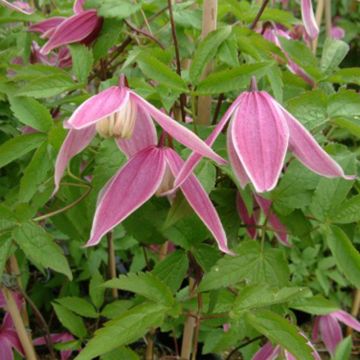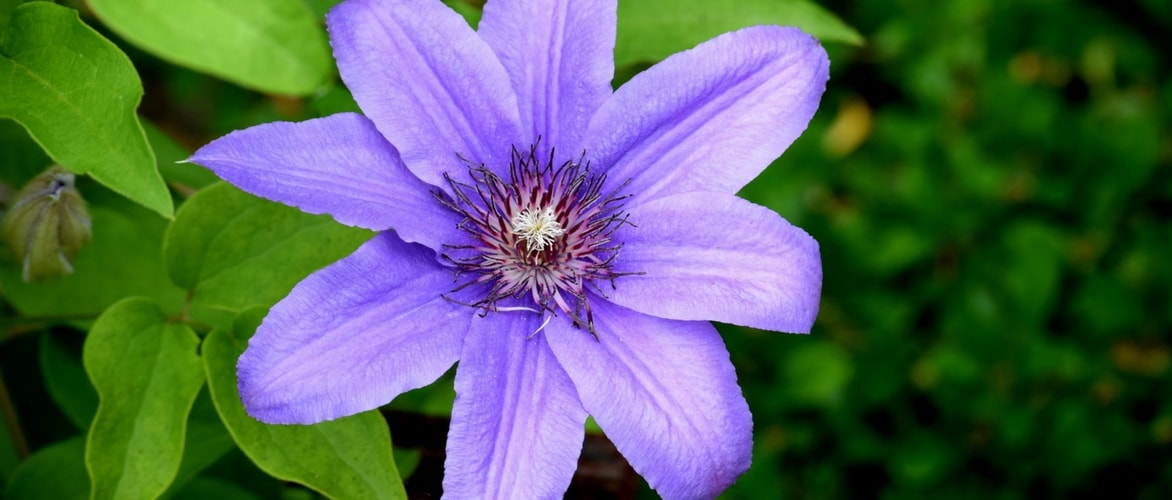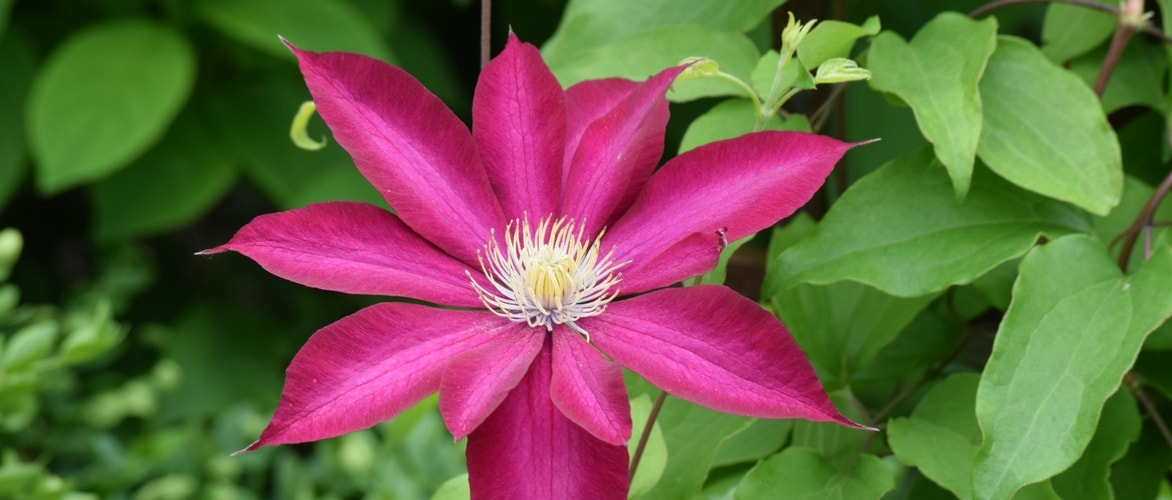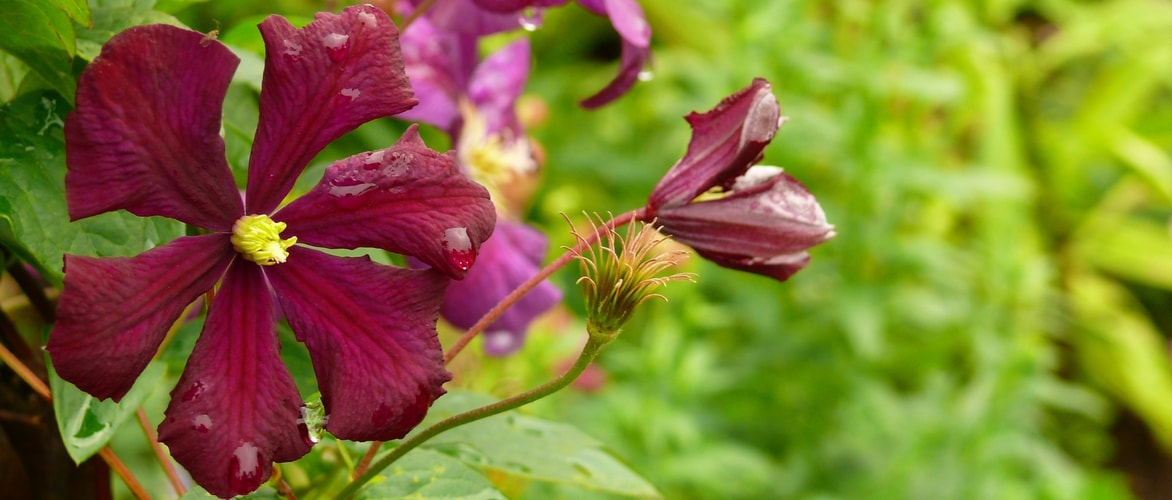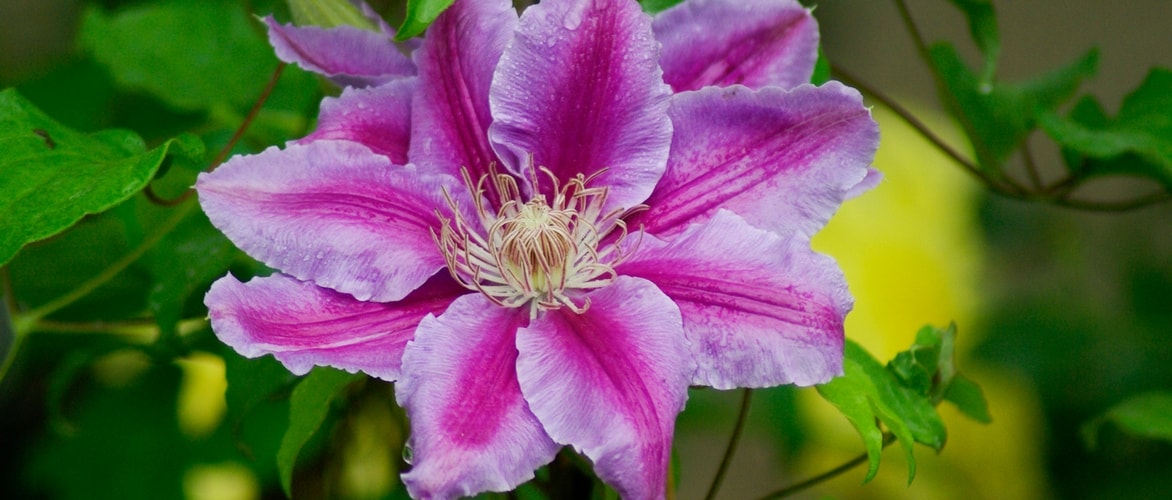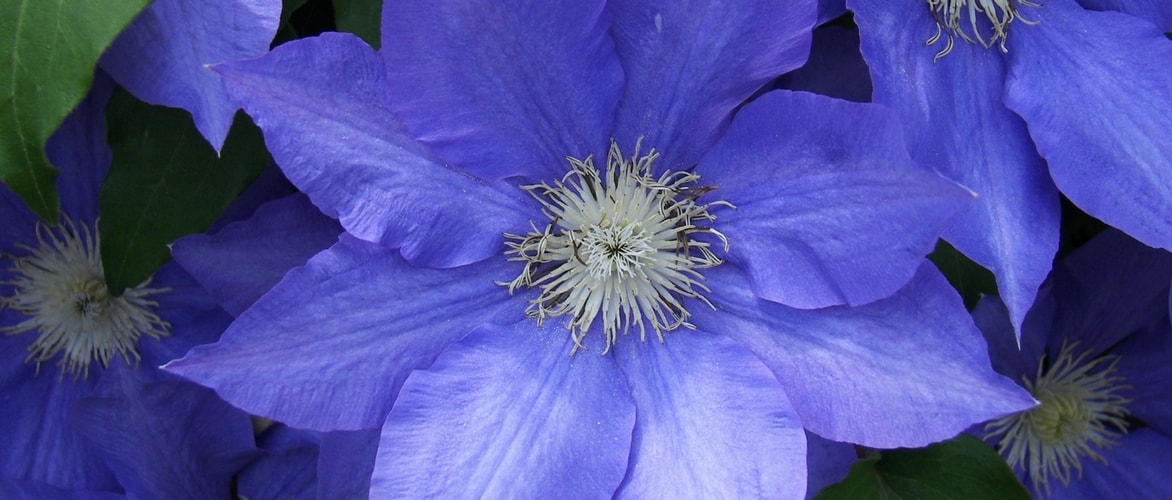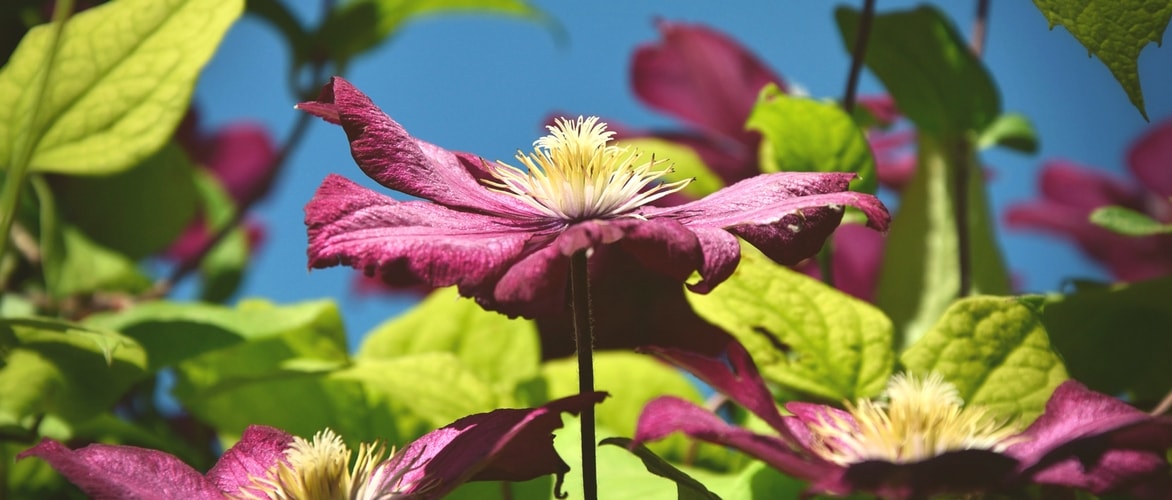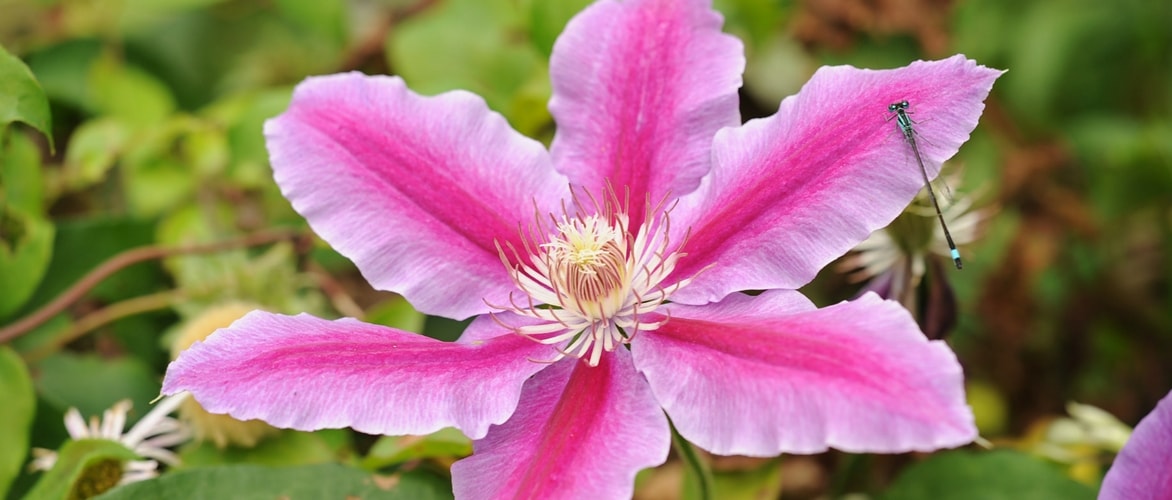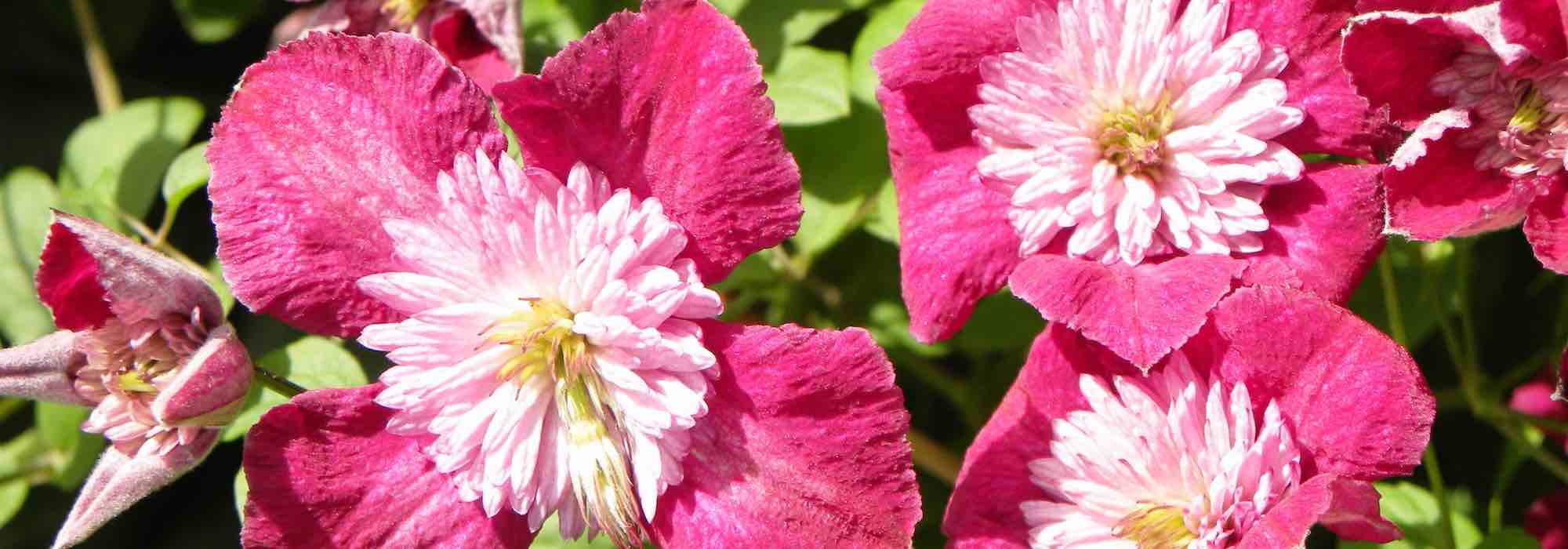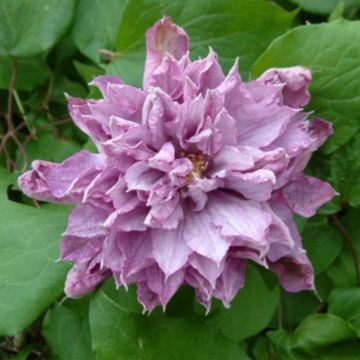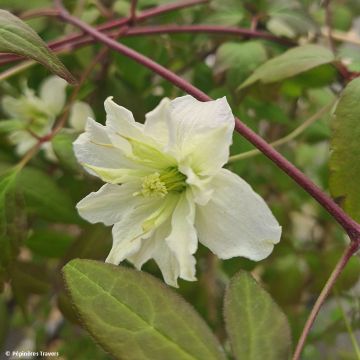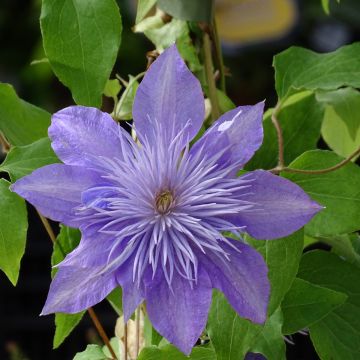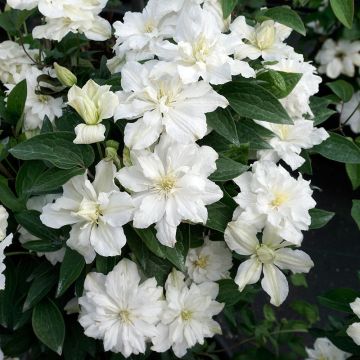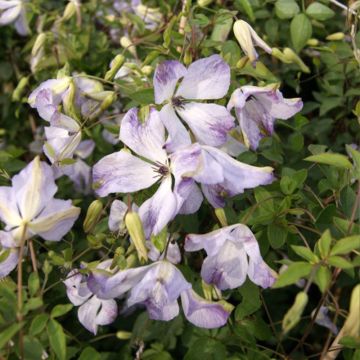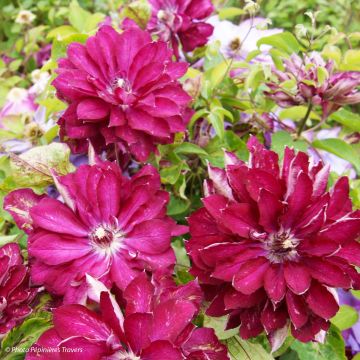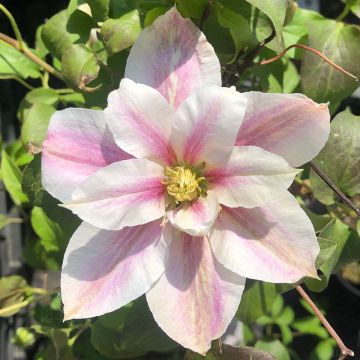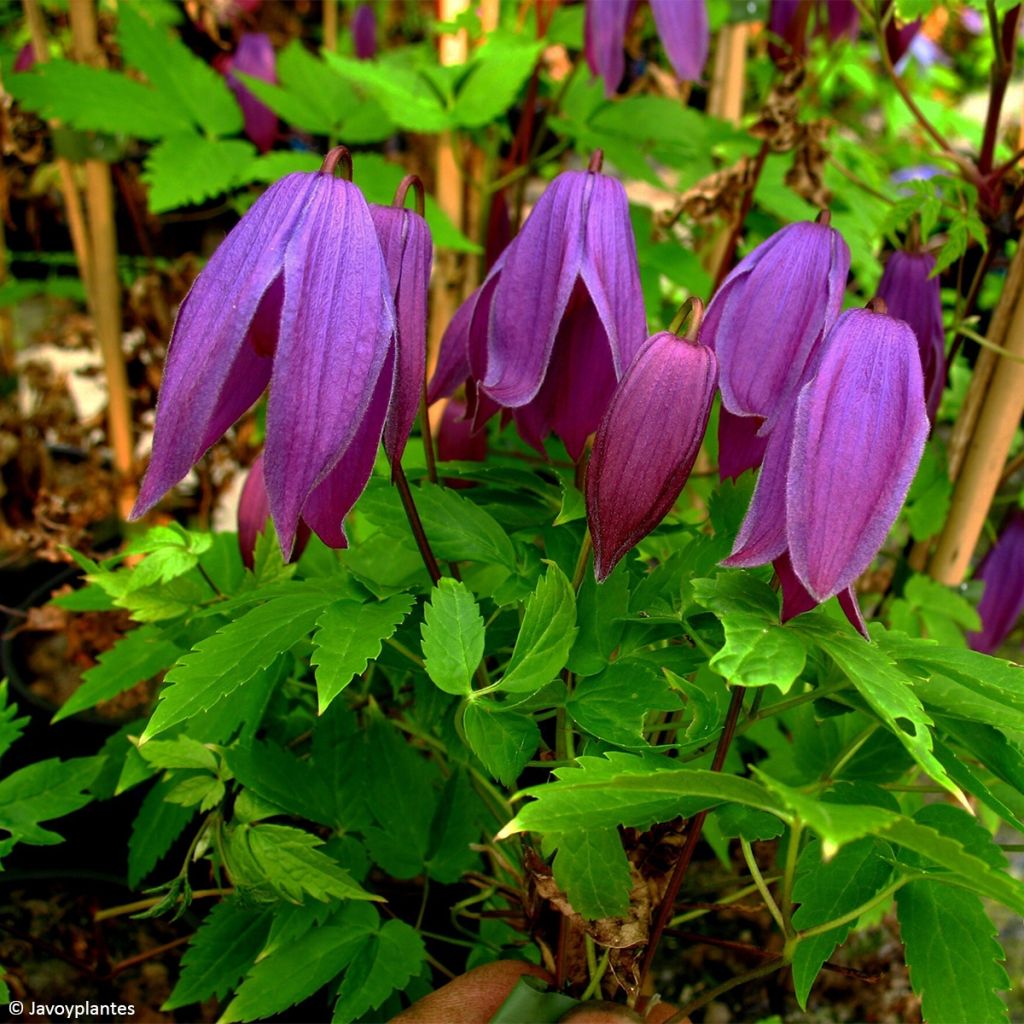

Clématite - Clematis ochroleuca (alpina) Tage Lundell
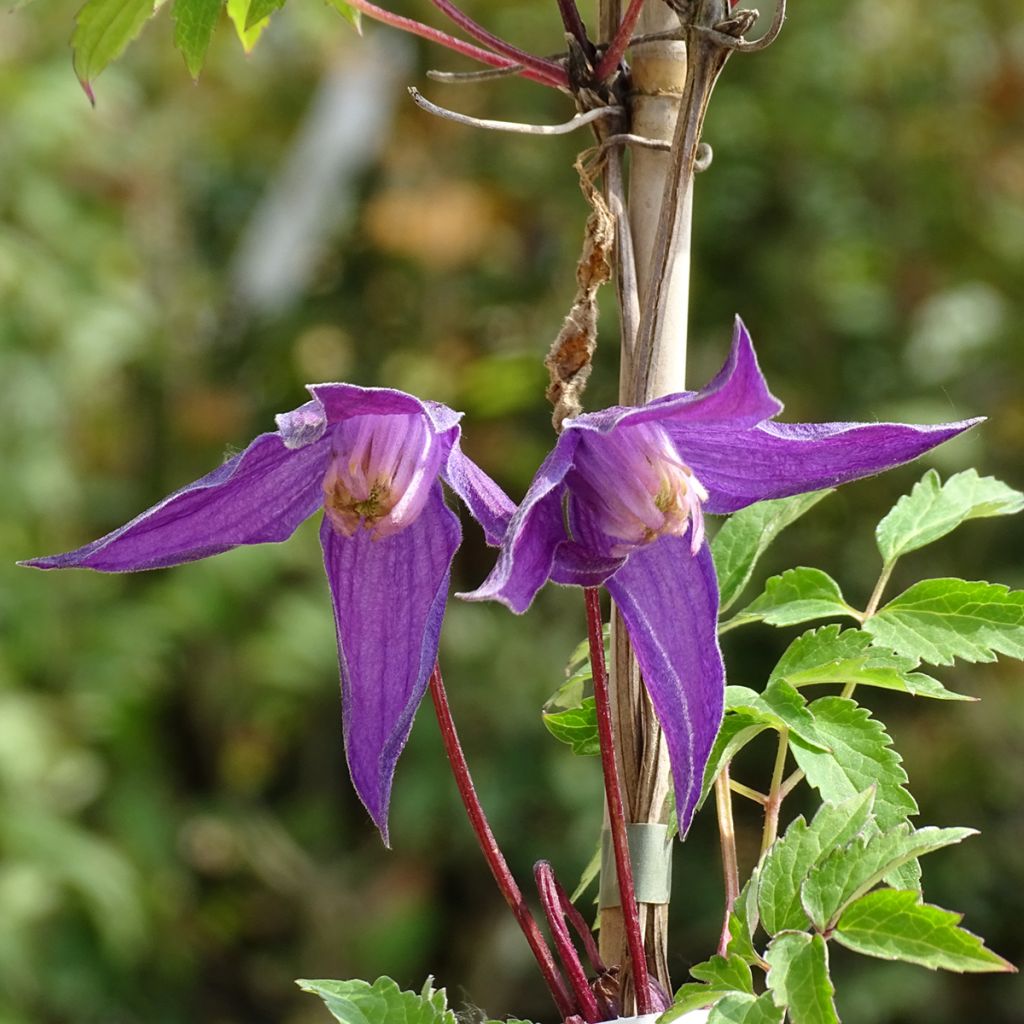

Clématite - Clematis ochroleuca (alpina) Tage Lundell
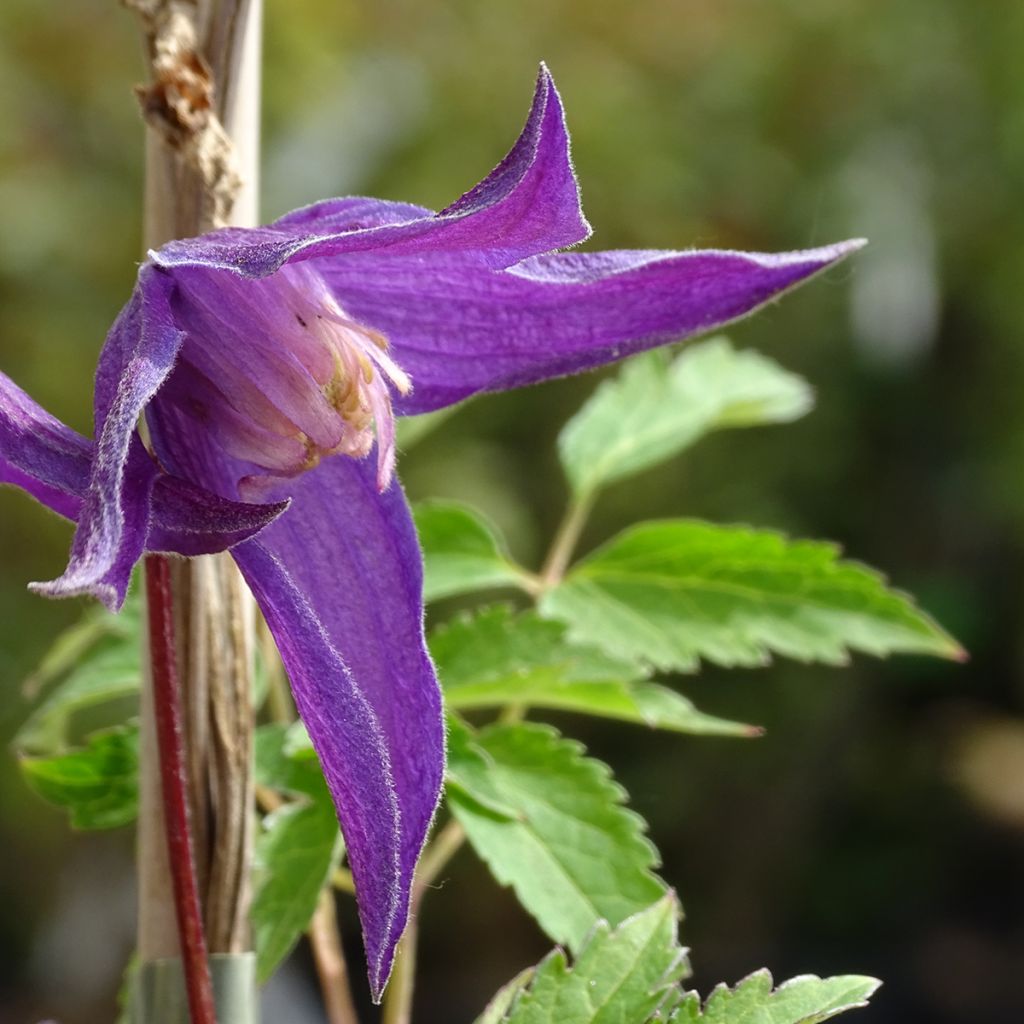

Clématite - Clematis ochroleuca (alpina) Tage Lundell
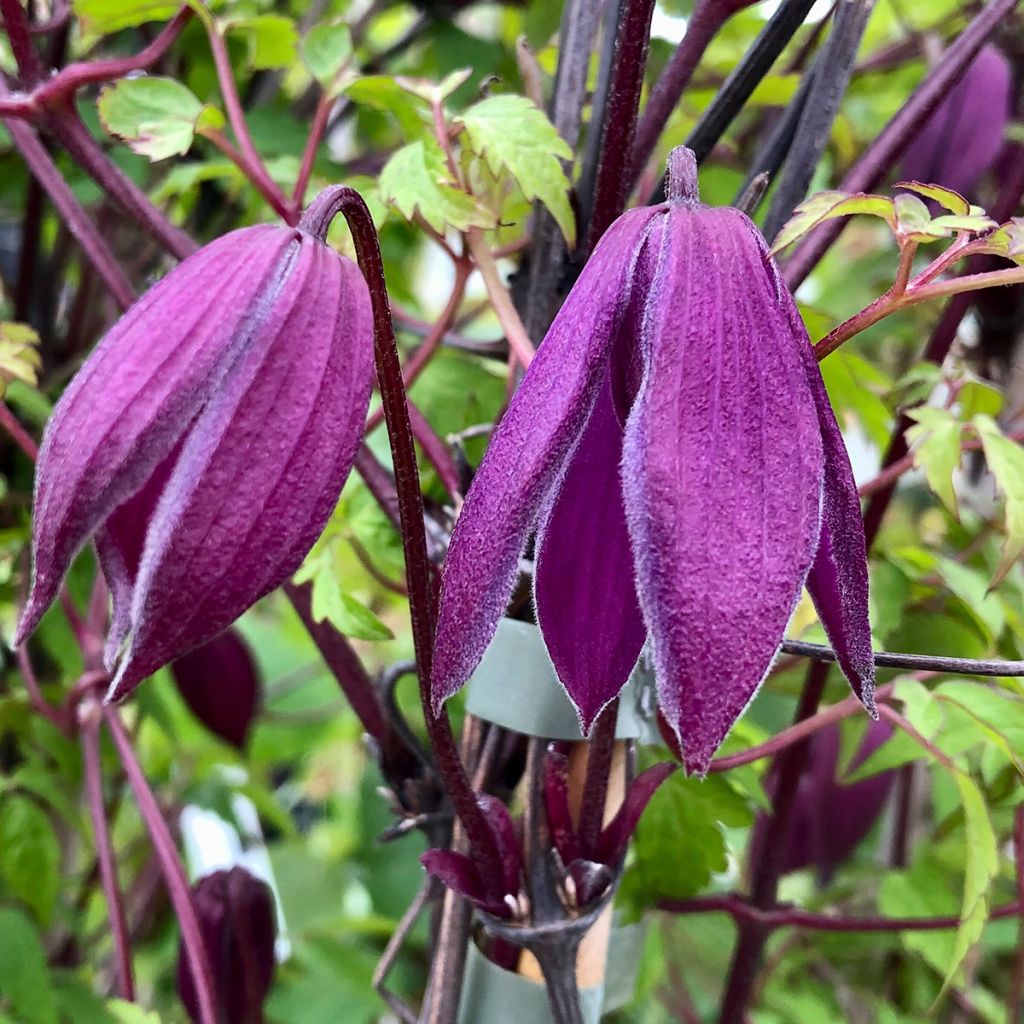

Clématite - Clematis ochroleuca (alpina) Tage Lundell
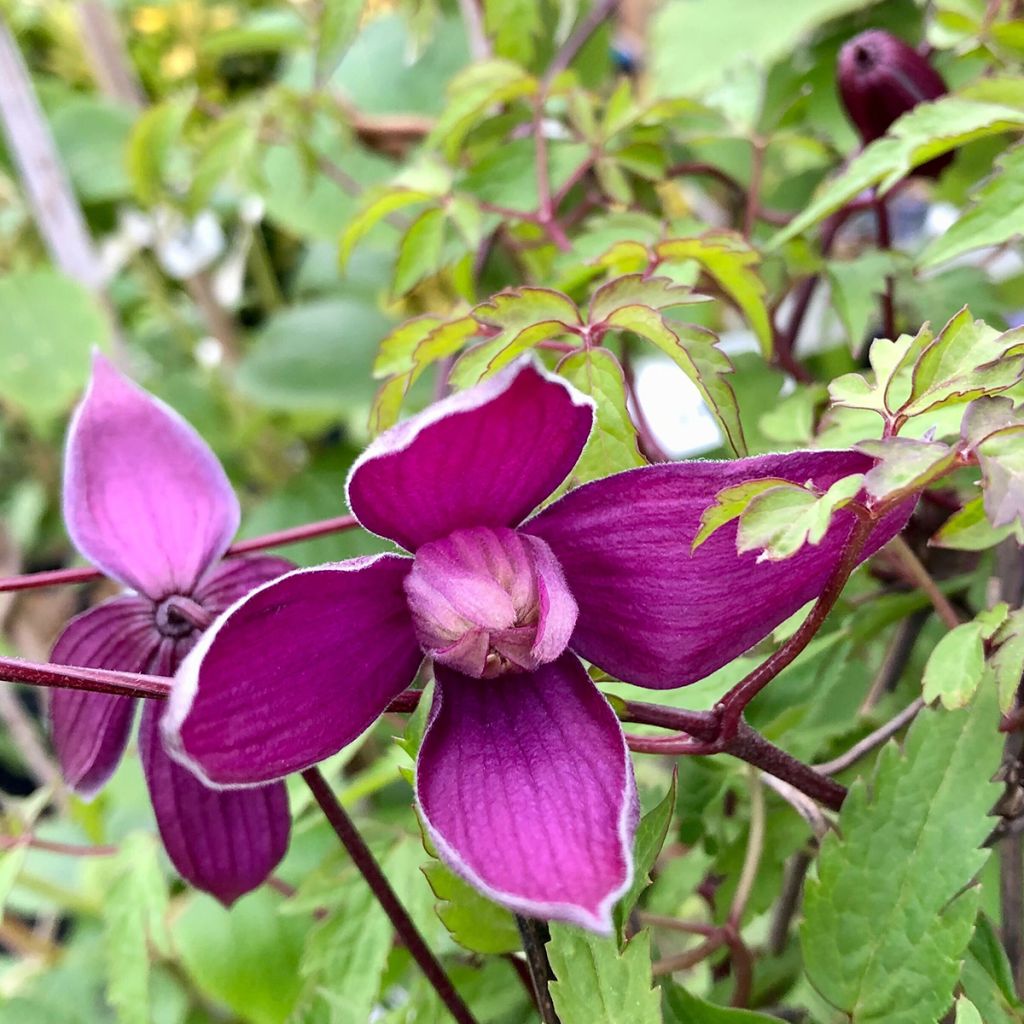

Clématite - Clematis ochroleuca (alpina) Tage Lundell
Clematis Tage Lundell
Clematis atragene alpina Tage Lundell
Alpine Clematis
Special offer!
Receive a €20 voucher for any order over €90 (excluding delivery costs, credit notes, and plastic-free options)!
1- Add your favorite plants to your cart.
2- Once you have reached €90, confirm your order (you can even choose the delivery date!).
3- As soon as your order is shipped, you will receive an email containing your voucher code, valid for 3 months (90 days).
Your voucher is unique and can only be used once, for any order with a minimum value of €20, excluding delivery costs.
Can be combined with other current offers, non-divisible and non-refundable.
Home or relay delivery (depending on size and destination)
Schedule delivery date,
and select date in basket
This plant carries a 6 months recovery warranty
More information
We guarantee the quality of our plants for a full growing cycle, and will replace at our expense any plant that fails to recover under normal climatic and planting conditions.
Does this plant fit my garden?
Set up your Plantfit profile →
Description
Clematis Tage Lundell is a hybrid variety derived from the alpine clematis, from which it inherits early flowering and hardiness. It is a climbing plant with moderate growth, blooming generously in April and again towards the end of summer. Its pendulous bell-shaped flowers have long petals in rich shades of purple, and its silky fruits are very decorative. This climber thrives on old walls, trellises and fences, but also in shrubs. Its numerous tendrils allow it to climb everywhere! It looks stunning with a red or white climbing rose!
Clematis is a genus in the buttercup family. This genus includes about 30 species of herbaceous perennials with woody roots and climbing or semi-woody, evergreen or deciduous plants. They can be found in both hemispheres, particularly in Europe, the Himalayas, China, Australia and North and Central America. Clematis 'Tage Lundell' is a cultivar classified in Group 1 (early-flowering clematis) of Clematis, which has 3 groups. It is a semi-woody, climbing perennial plant with rapid growth, reaching an average height of 2m (7ft), with a spread of 80cm (32in) to 1m (3ft). The groups are defined based on their cultivation requirements.
Clematis Tage Lundell bears beautiful bell-shaped flowers, 6-8cm (2-3in) in diameter, hanging down on violet peduncles at the axils of the leaves. They are formed on the previous year's growth. These bell-shaped flowers usually bloom in April, and again in August-September. The flowers are solitary. They do not have petals but have 4 long, tapered, slightly twisted tepals. In the centre of the corolla are cream to pale yellow sterile stamens arranged in a small cup, surrounding true cream-white stamens. The rich and deep flower colour ranges from reddish-purple to violet-purple. Flowering is followed by decorative, silvery plume-like seed heads. The fairly light green leaves are sometimes opposite, sometimes alternate, smooth, simple and tri palmate, with irregularly serrated edges. This clematis clings to a support or host plant with tendrils. The deciduous foliage is absent in winter.
The long bell-shaped flowers of Tage Lundell are enhanced by blue, red, or white flowers. As it likes to weave through bushes, it can be planted near a Van Houtte spirea or a Prunus glandulosa 'Alba Plena', for example. In a romantic garden, it can accompany the flowers of Japanese quinces, Prunus triloba 'Multiplex', or Magnolia stellata Rosea.
The name "clematis" comes from the Greek word "klema" meaning vine shoot, as its old stems have a woody and twisted appearance with cork exfoliations.
Clematis Tage Lundell in pictures
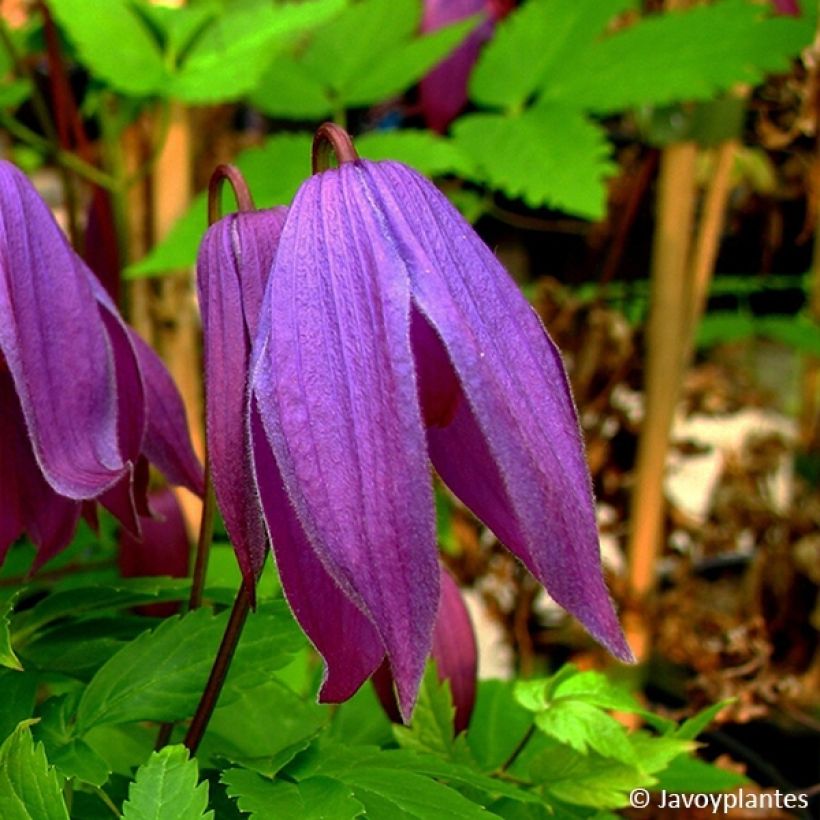

Plant habit
Flowering
Foliage
Botanical data
Clematis
atragene alpina
Tage Lundell
Ranunculaceae
Alpine Clematis
Cultivar or hybrid
Other Clematis Atragene
View all →Planting and care
Plant climbing clematis Tage Lundell in full sun or partial shade, in fertile, humus-rich, well-drained soil, shading the roots and base (with a flat tile, for example). Herbaceous species prefer full sun and light soils that are not waterlogged in winter. Plant your clematis by covering the root ball with 3 cm (1in) of soil, in soil worked to a depth of 20 cm (8in), lightened with good compost. During the first few weeks, water generously and regularly. Mulch all clematis plants in February with garden compost or well-rotted manure, avoiding direct contact with the stems. Cover the base of climbing clematis plants with a small mound of soil to reduce the risk of wilt while promoting the emergence of vigorous new shoots from the crown. After planting, prune the stems of deciduous climbing clematis plants to about 30 cm (12in) above a healthy pair of buds. We advise against over-watering, as stagnant water can cause fungus to develop at the collar. Train the stems without crushing them until the plant can grip onto its support. Clematis plants also enjoy growing freely on neighbouring plants.
Prune "Group 1" clematis plants after flowering, to 70-75 cm (28-30in) from the ground. Remove dead or damaged stems and shorten others if necessary. This promotes the formation of new shoots for the following year. Voles can attack clematis plants and eat the stems. Aphids and greenhouse whiteflies are also potential pests.
Planting period
Intended location
Care
Planting & care advice
This item has not been reviewed yet - be the first to leave a review about it.
Similar products
Haven't found what you were looking for?
Hardiness is the lowest winter temperature a plant can endure without suffering serious damage or even dying. However, hardiness is affected by location (a sheltered area, such as a patio), protection (winter cover) and soil type (hardiness is improved by well-drained soil).

Photo Sharing Terms & Conditions
In order to encourage gardeners to interact and share their experiences, Promesse de fleurs offers various media enabling content to be uploaded onto its Site - in particular via the ‘Photo sharing’ module.
The User agrees to refrain from:
- Posting any content that is illegal, prejudicial, insulting, racist, inciteful to hatred, revisionist, contrary to public decency, that infringes on privacy or on the privacy rights of third parties, in particular the publicity rights of persons and goods, intellectual property rights, or the right to privacy.
- Submitting content on behalf of a third party;
- Impersonate the identity of a third party and/or publish any personal information about a third party;
In general, the User undertakes to refrain from any unethical behaviour.
All Content (in particular text, comments, files, images, photos, videos, creative works, etc.), which may be subject to property or intellectual property rights, image or other private rights, shall remain the property of the User, subject to the limited rights granted by the terms of the licence granted by Promesse de fleurs as stated below. Users are at liberty to publish or not to publish such Content on the Site, notably via the ‘Photo Sharing’ facility, and accept that this Content shall be made public and freely accessible, notably on the Internet.
Users further acknowledge, undertake to have ,and guarantee that they hold all necessary rights and permissions to publish such material on the Site, in particular with regard to the legislation in force pertaining to any privacy, property, intellectual property, image, or contractual rights, or rights of any other nature. By publishing such Content on the Site, Users acknowledge accepting full liability as publishers of the Content within the meaning of the law, and grant Promesse de fleurs, free of charge, an inclusive, worldwide licence for the said Content for the entire duration of its publication, including all reproduction, representation, up/downloading, displaying, performing, transmission, and storage rights.
Users also grant permission for their name to be linked to the Content and accept that this link may not always be made available.
By engaging in posting material, Users consent to their Content becoming automatically accessible on the Internet, in particular on other sites and/or blogs and/or web pages of the Promesse de fleurs site, including in particular social pages and the Promesse de fleurs catalogue.
Users may secure the removal of entrusted content free of charge by issuing a simple request via our contact form.
The flowering period indicated on our website applies to countries and regions located in USDA zone 8 (France, the United Kingdom, Ireland, the Netherlands, etc.)
It will vary according to where you live:
- In zones 9 to 10 (Italy, Spain, Greece, etc.), flowering will occur about 2 to 4 weeks earlier.
- In zones 6 to 7 (Germany, Poland, Slovenia, and lower mountainous regions), flowering will be delayed by 2 to 3 weeks.
- In zone 5 (Central Europe, Scandinavia), blooming will be delayed by 3 to 5 weeks.
In temperate climates, pruning of spring-flowering shrubs (forsythia, spireas, etc.) should be done just after flowering.
Pruning of summer-flowering shrubs (Indian Lilac, Perovskia, etc.) can be done in winter or spring.
In cold regions as well as with frost-sensitive plants, avoid pruning too early when severe frosts may still occur.
The planting period indicated on our website applies to countries and regions located in USDA zone 8 (France, United Kingdom, Ireland, Netherlands).
It will vary according to where you live:
- In Mediterranean zones (Marseille, Madrid, Milan, etc.), autumn and winter are the best planting periods.
- In continental zones (Strasbourg, Munich, Vienna, etc.), delay planting by 2 to 3 weeks in spring and bring it forward by 2 to 4 weeks in autumn.
- In mountainous regions (the Alps, Pyrenees, Carpathians, etc.), it is best to plant in late spring (May-June) or late summer (August-September).
The harvesting period indicated on our website applies to countries and regions in USDA zone 8 (France, England, Ireland, the Netherlands).
In colder areas (Scandinavia, Poland, Austria...) fruit and vegetable harvests are likely to be delayed by 3-4 weeks.
In warmer areas (Italy, Spain, Greece, etc.), harvesting will probably take place earlier, depending on weather conditions.
The sowing periods indicated on our website apply to countries and regions within USDA Zone 8 (France, UK, Ireland, Netherlands).
In colder areas (Scandinavia, Poland, Austria...), delay any outdoor sowing by 3-4 weeks, or sow under glass.
In warmer climes (Italy, Spain, Greece, etc.), bring outdoor sowing forward by a few weeks.






























